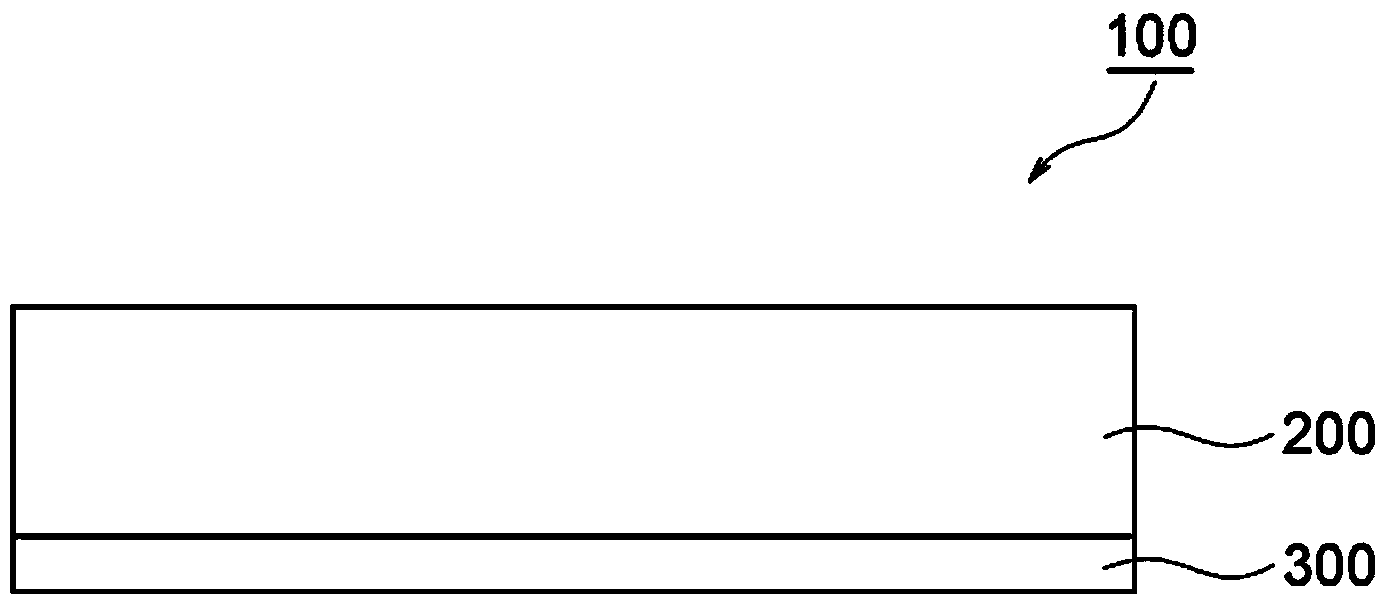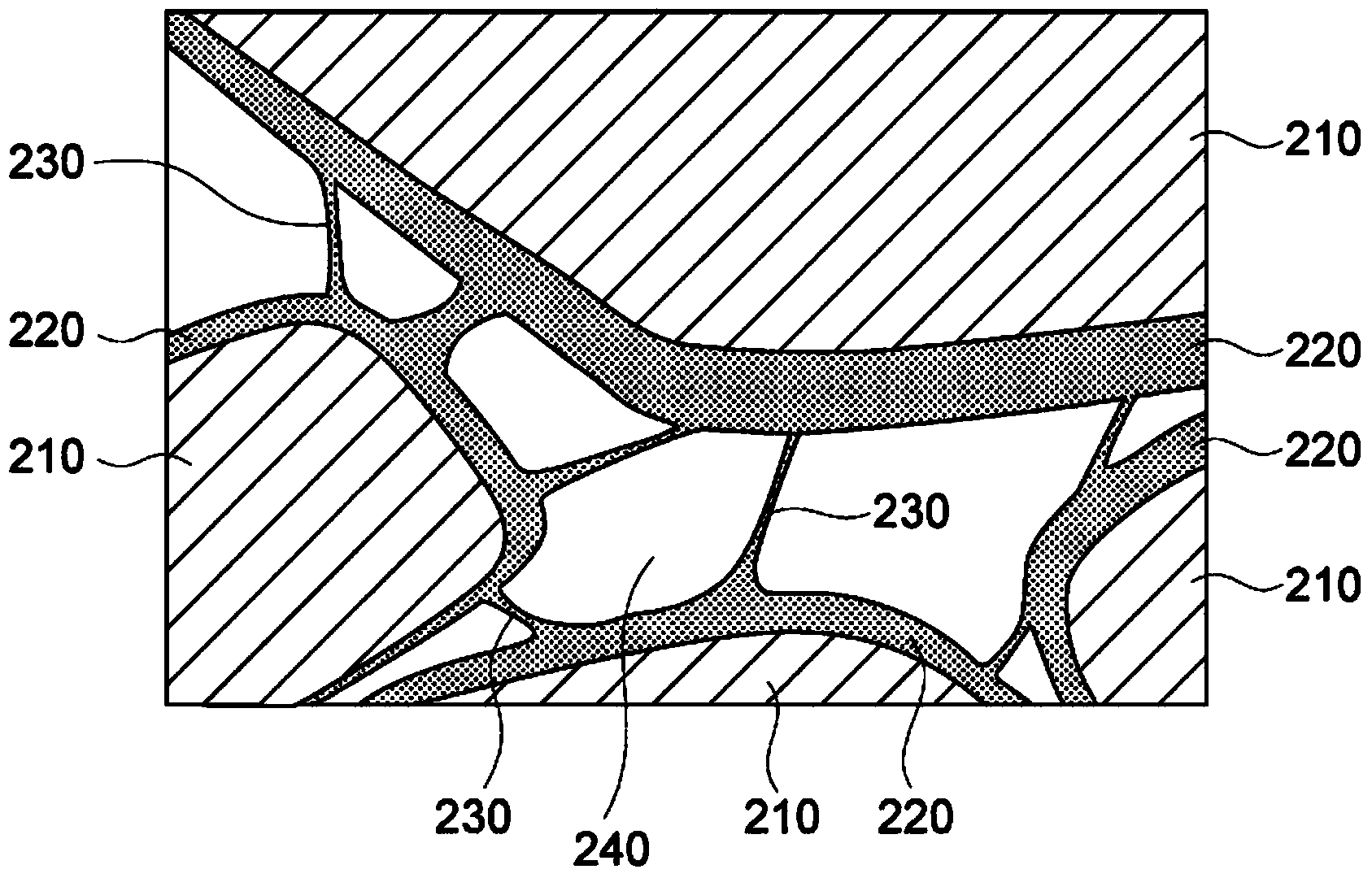Electrode for electrochemical element
A technology of electrochemical components and chemical components, applied in electrical components, battery electrodes, hybrid capacitor electrodes, etc., can solve the problem of organic solvents requiring expensive organic solvents and so on
- Summary
- Abstract
- Description
- Claims
- Application Information
AI Technical Summary
Problems solved by technology
Method used
Image
Examples
Embodiment 1
[0305]
[0306] 100 parts of carbon black with a volume average particle diameter of 0.7 μm, and 4 parts of solid content as a 4.0% aqueous solution of carboxymethylcellulose ammonium salt as a dispersant (DN-10L; manufactured by Daicel Chemical Industry Co., Ltd. ), an acrylate polymer (2-ethylhexyl acrylate: acrylonitrile=75:25 (mass ratio)) having an average particle diameter of 0.25 μm as a resin component (binder) as a solid content of 8 parts 40% aqueous dispersion, and ion-exchanged water to make the total solid content concentration 30% were mixed to prepare a slurry for forming a conductive adhesive layer.
[0307]
[0308] Mix 100 parts of graphite as the negative electrode active material, solid content is counted as the styrene-butadiene copolymer (BM-480B, glass transition temperature-15 ℃ of 2 parts of binder) 40% water dispersion, the solid content is 0.8% aqueous solution (BSH-2; Daiichi Kogyo Pharmaceutical Co., Ltd. manufacture) of the carboxymethylcellul...
Embodiment 2
[0322] When producing negative electrodes using composite particles for negative electrodes and copper foil with a conductive binder layer formed, the composition Figure 5The roller pressure (linear pressure) of the rollers 6A and 6B of the extrusion molding roller 6 of the electrode forming device 2 shown is 20kN / m, and the roller pressure (linear pressure) of the rollers 8A and 8B constituting the extrusion molding roller 8 is 250kN / m. m, except that, a negative electrode was obtained in the same manner as in Example 1, and a lithium ion secondary battery was produced using the obtained negative electrode, and evaluated in the same manner. The results are shown in Table 1.
Embodiment 3
[0324] When producing negative electrodes using composite particles for negative electrodes and copper foil with a conductive binder layer formed, the composition Figure 5 The roller pressure (linear pressure) of the rollers 6A and 6B of the extrusion molding roller 6 of the electrode forming device 2 shown is 3kN / m, and the roller pressure (linear pressure) of the rollers 8A and 8B constituting the extrusion molding roller 8 is 750kN / m. m, except that, a negative electrode was obtained in the same manner as in Example 1, and a lithium ion secondary battery was produced using the obtained negative electrode, and evaluated in the same manner. The results are shown in Table 1.
PUM
| Property | Measurement | Unit |
|---|---|---|
| length | aaaaa | aaaaa |
| particle size | aaaaa | aaaaa |
| particle size | aaaaa | aaaaa |
Abstract
Description
Claims
Application Information
 Login to View More
Login to View More - R&D
- Intellectual Property
- Life Sciences
- Materials
- Tech Scout
- Unparalleled Data Quality
- Higher Quality Content
- 60% Fewer Hallucinations
Browse by: Latest US Patents, China's latest patents, Technical Efficacy Thesaurus, Application Domain, Technology Topic, Popular Technical Reports.
© 2025 PatSnap. All rights reserved.Legal|Privacy policy|Modern Slavery Act Transparency Statement|Sitemap|About US| Contact US: help@patsnap.com



